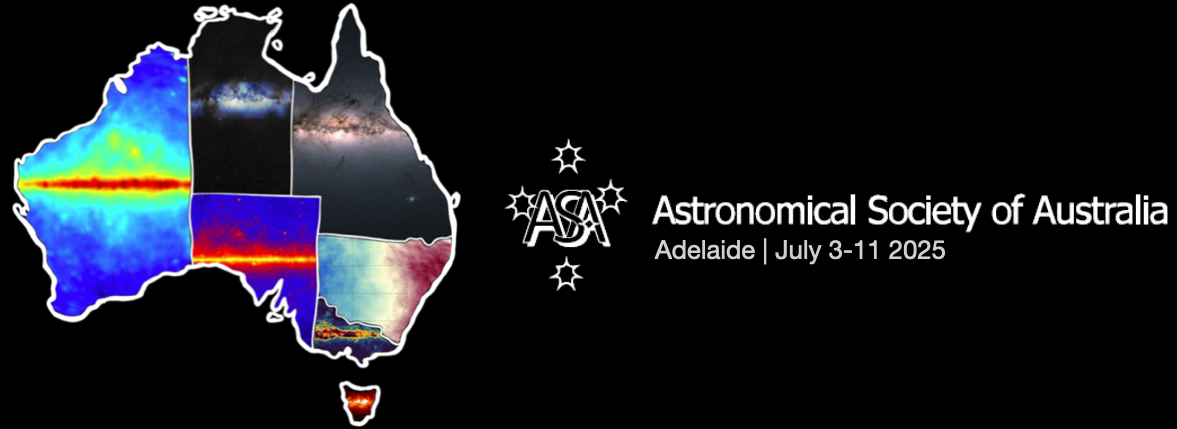Speaker
Description
Galactic outflows play a crucial role in star formation regulation and the redistribution of gas and metals throughout galaxies. The recent discovery of high-velocity atomic and molecular clouds entrained in the Milky Way’s nuclear wind provides a unique opportunity to study these processes at sub-parsec resolution. Although cold clouds are commonly observed in galactic nuclear winds, their survival is surprising, as theoretical models predict their rapid destruction through hydrodynamic instabilities and thermal evaporation
In this talk, I will present new observational and theoretical results indicating that these clouds must be in a state of chemical non-equilibrium and have likely undergone a transition from the disc to their observed positions. Using radiative transfer and thermochemical modelling, I constrain the CO-H₂ conversion factor in the nuclear wind and show that a significant fraction of the molecular gas is dark. These findings provide critical constraints on the survival of cold gas in feedback-driven environments and properties of the galaxy’s nuclear wind, but also underscore the need for time-dependent, photochemistry in simulations of galactic evolution.

